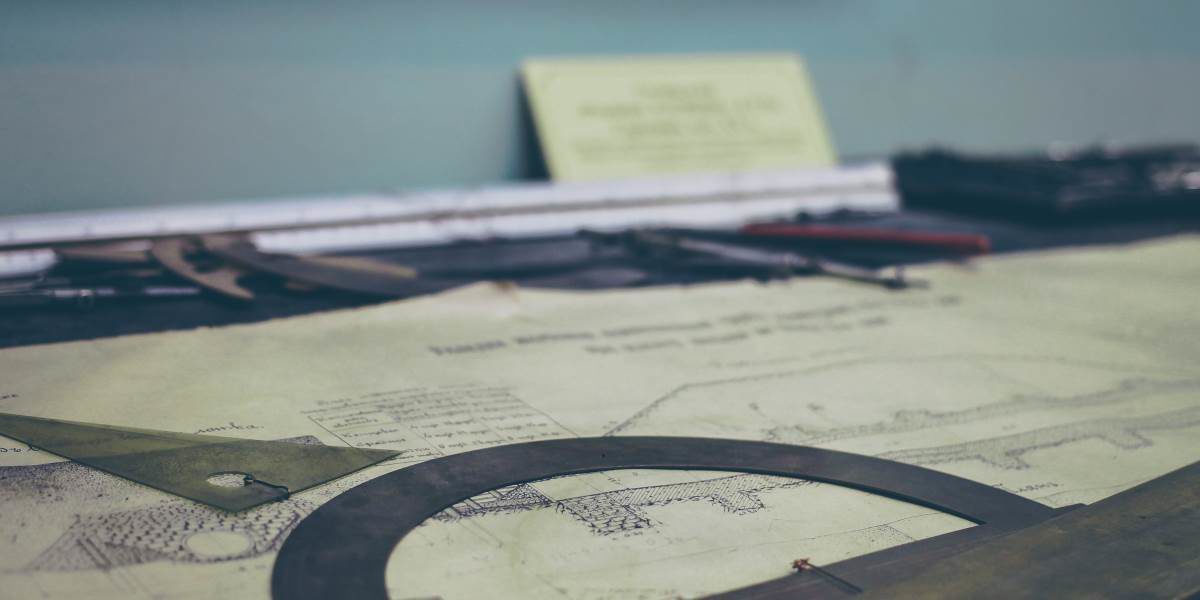My most recent archive request was to determine where a customer used to live nearly 80 years ago. The customer had a house number (that no longer existed) and a general location. The house had long since gone and the property had been subdivided to a point that it was going to take a bit of research to figure out where the original house would have been sited.
So, where do you start with a query like this? Get as much information that you can from the customer. In this case what other roads were nearby, an approximate date he lived there and the name of the house owner.
From here my go to guide was the council rates books of the day. During the 1930’s rates payments were listed by the payers last name. Within 5 minutes I had the legal description for two properties owned by persons with the same last name. From the customers information I had collected I was able to determine which was the family home and which was the grandparents home.
Over the years as land is divided and subdivided legal descriptions evolve. In order to trace back to the historical parcel I then used survey plans dating from the 1930’s to locate the section.
As you can see, archival research is often about following the bread crumbs. A number of different record types work together to pull the total story together. In this case rates payments, linked land information, linked to survey plans of the area.
It is always a pleasure to successfully be able to help a customer trace the information they need. In this case the customer was quite emotional to receive the news I was able to find. Even a step further was being able to provide an aerial photograph of the house during that time period. Needless to say the customer was thrilled.
Recognition: Planning photo by Sergei Zolkin, Creative Commons Zero licence, published with thanks from Arcavee.com
Share this Post

